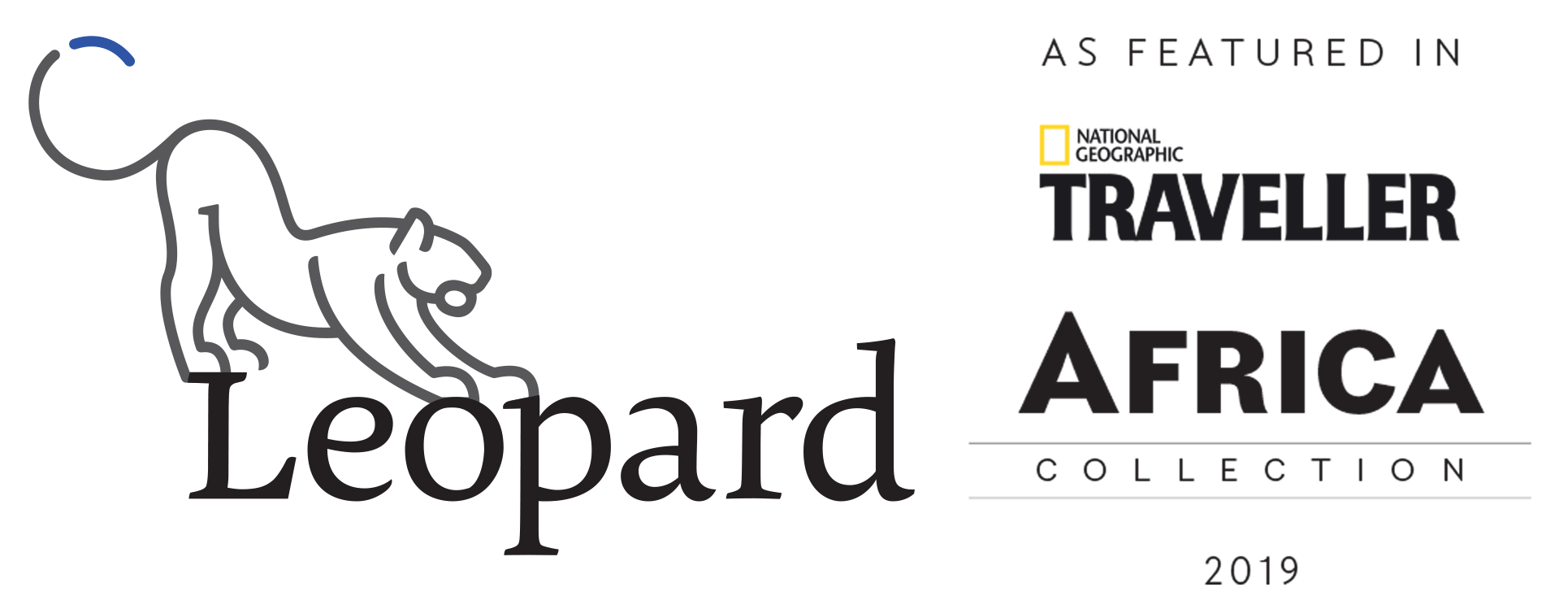How the white rhinoceros was saved from the brink of extinction. But their fight for survival is not over yet.
The famous hunter F.C. Selous said, in 1892, “Therefore the two white rhinoceros which I shot in 1882 are the last of their species that I have ever seen alive, or am ever likely to see…. I fully expected that these animals would become extinct.” Luckily for future generations, he was wrong. But rhino populations were severely depleted at the start of the twentieth century, having been slaughtered for their horn, hide and flesh. After being hunted to near extinction, rhino survival was further threatened by industrial agriculture which destroyed their natural habitat and finally, most insidiously, the promotion of so called traditional Chinese medicine by Mao Zedong.
I recently read “The White Rhino Saga” by Dr Ian Player. It is a thrilling account of how the southern white rhino were saved, for the entire continent, in a little corner of South Africa. It was a team effort and Ian Player goes to great lengths to give credit to the many people who played their part, most notably the legendary Zulu game ranger and tracker, Magqubu Ntombela.
Ian Player arrived at an empty Umfolozi Game Reserve in 1952. In the preceding decade, the government had senselessly ordered that all wildlife in the buffer zones be shot in an effort to control the tsetse fly, which caused sleeping sickness. This did not work and the tsetse fly was only eliminated (along with many other beneficial insects) with the aerial spraying of the pesticide, DDT. It was in this context that Ian Player decided that every effort must be made to prevent the extinction of the rhinoceros.
By 1960, the population of white rhino had been sufficiently restored so that the team could start thinking about relocating small groups to start new populations in other reserves, thereby decreasing risk of extinction if one population was destroyed. They started repopulating nearby reserves in northern Kwa Zulu Natal, then known as Zululand, but soon set their sights further afield. The last white rhino in Kruger National Park had been shot in 1896, and it was time for these great beasts to return. Mandhlagazi, Mfohloza, Mpila and Madhlozi were the vanguard of more than 800 white rhino who were eventually translocated by 1970. Today, on a week long visit to Kruger National Park, you are almost guaranteed to see white rhino. For this privilege, we should thank Dr Ian Player and his team.
Capturing these gentle giants was no easy task and tranquillisers were at an experimental stage. Around the same time, rhino were being captured and moved as part of Operation Noah at Kariba Dam in Zimbabwe. My father’s great friend, Frank Junor, was a young scientist in the Operation Noah team, and I remember being captivated by Frank’s stories of how they rescued animals from drowning. Frank was a great raconteur and told one particular story with relish, about how he was gored in his left leg by a furious, injured buffalo who was lying in wait for him to return to his boat. Luckily the story ended well and Frank was rescued and made a full recovery. This video, from Operation Noah, clearly shows how difficult and dangerous it was to capture rhino in the early days.
To assist with the capture of the first rhinos at Umfolozi, a scientist, Dr Harthoorn, was brought out from Uganda in 1960. There was a lot of guesswork at this stage because nobody knew which drugs would work on rhino, neither did they know the correct weight of the animals. And so, it was with a lot of trial and error, and heartache at lost animals, that the team slowly became proficient at capturing rhino. Animals were lost along the way to overdoses, constipation, septic wounds, and from getting their horns stuck during transportation. In one particularly sad failed capture, a rhino reacted badly to the drugs and ran off a cliff. The team tried desperately to save him, but did not succeed.
Today, the future is uncertain. The western black rhino was declared extinct in 2011 and there are only two female northern white rhinos left. They are kept under 24 hour guard. The greatest threat to the continued survival of rhino is the persistent poaching of the animals for their horn which is believed to have medicinal properties. This has been proven by science to be a complete fabrication but the belief still persists is fuelled by misinformation and human greed.
Conservation and anti-poaching efforts are mostly funded by tourism with small contributions from governments. Since the temporary stoppage of tourism due to the global health pandemic, funds for conservation, especially for the salaries of the rangers who protect wildlife against poaching have dried up. If you would like to make a difference to conservation, and help fund ranger salaries, please consider donating to Ride4Rangers by clicking here.
Happy travelling!
Diana
P.S. A number of private game reserves in South Africa offer once in a lifetime rhino conservation experiences where you are part of the team that does either a notching or dehorning. I highly recommend this one at Phinda in northern Kwa Zulu Natal, close to where Dr Ian Player was based.
P.P.S A rhino conservation experience is not the same as activities such as lion cub petting and feeding elephants, which are not recommended. For further information, please read this short piece I wrote on animal interactions in South Africa.
Sign up for more newsletters like this here: https://mailchi.mp/2e4afa50d15f/leopard


